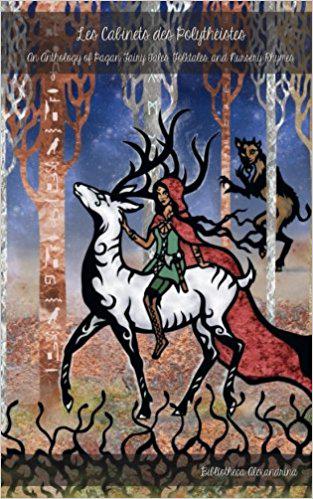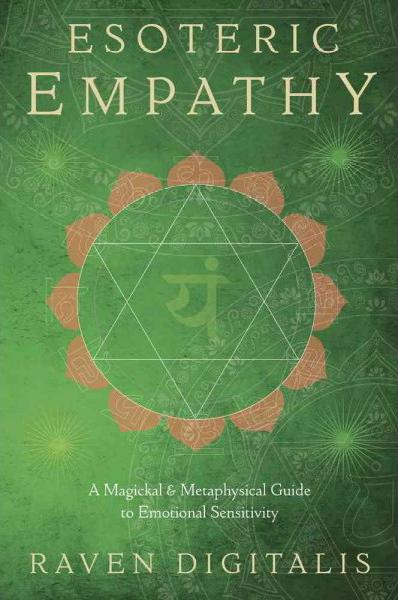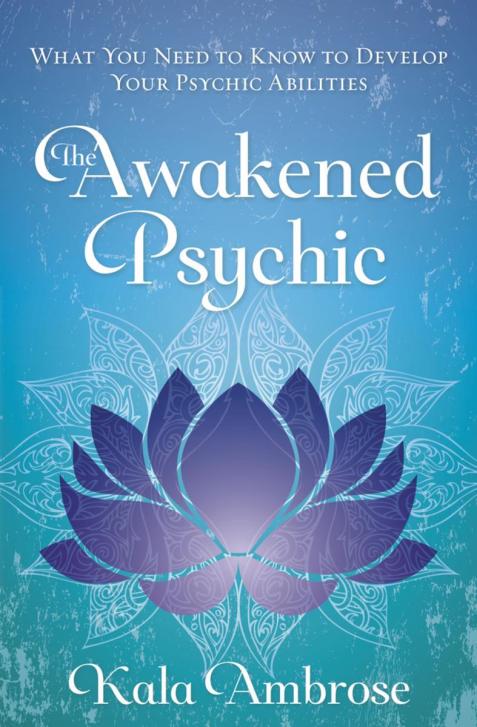Pagan Consent Culture: Building Communities of Empathy & Autonomy
Edited by Christine Hoff Kraemer & Yvonne Burrow
Asphodel Press, 2016

Review by Hecate Demetersdatter.
This is a hefty book crammed with essays by and a few interviews with Pagans from a wide variety of traditions. Many of the essays would make excellent starting points for discussions or workshops about consent culture. The issue of consent has been of interest to Pagans for a few years now, especially in light of complaints about the behavior that is sometimes tolerated, ignored, or dealt with imperfectly at Pagan gatherings, festivals, and conferences and within some Pagan groups. Those who organize, run, and work at such events or groups will likely find this book a useful resource.
The essays are grouped into three parts: Part I: Developing Pagan Philosophies of Consent; Part II Responding to Abuse and Assault; and Part III: Building Communities of Empathy and Autonomy. Appendices at the end include a list of additional resources, a sample handout for a class on consent culture, and the Pagan Community Statement on Religious Sexual Abuse (2009).
Part I includes discussions of consent from the perspective of Druidism, Thelma, Heathenry, Feminist Paganism, Wicca, the Anderson Faery Tradition, Animism, and Polytheologism. Essays discuss consent as it relates to sexual initiation, BDSM, mythology, and being a god spouse. Part II includes chapters that recount personal experiences with abuse and assault, discuss how to respond to and prevent abuse, consider how to deal with consent, boundaries, and ethics in a sex-positive religion, and provide guidelines for being in community with those who have survived sexual abuse and/or assault. The essays and interviews in Part III range over wider territory, including discussions of how to raise children who understand their own boundaries and respect those of others, using mindful touch, dealing with sky clad practices, and Pagans with Asperger’s Syndrome.
As in any collection of different authors, some of the writing is quite good and some leaves a bit to be desired. But the book is better-edited than is, sadly, true of much modern Pagan writing. Raven Caldera’s discussion of what the BDSM community can teach us about consent is particularly well-written, as is Jason Thomas Pitzl’s essay on exploitation and initiation. Shauna Aura Knight contributes a clear and well-argued discussion of the difference between a Pagan community that is sex-positive and one that pressures members into relationships and acts to which they may not freely consent. A. Acland presents a fascinating discussion of whether the ballad Tam Lin is a rape story. At first glance, that may appear to have little to do with modern consent culture, but the author uses the ballad to make the larger point that much Pagan mythology comes from times and cultures that saw and valued consent quite differently from modern Pagans. I found it a valuable lesson in how to interpret and re-vision mythology that, while rich, can also be troubling. Mythology, as Acland notes of ballads, is a living, breathing, changing thing.
The issue of consent is one best dealt with before problems arise. This book is a valuable tool for Pagans who interact with other Pagans and parents raising Pagan children.








